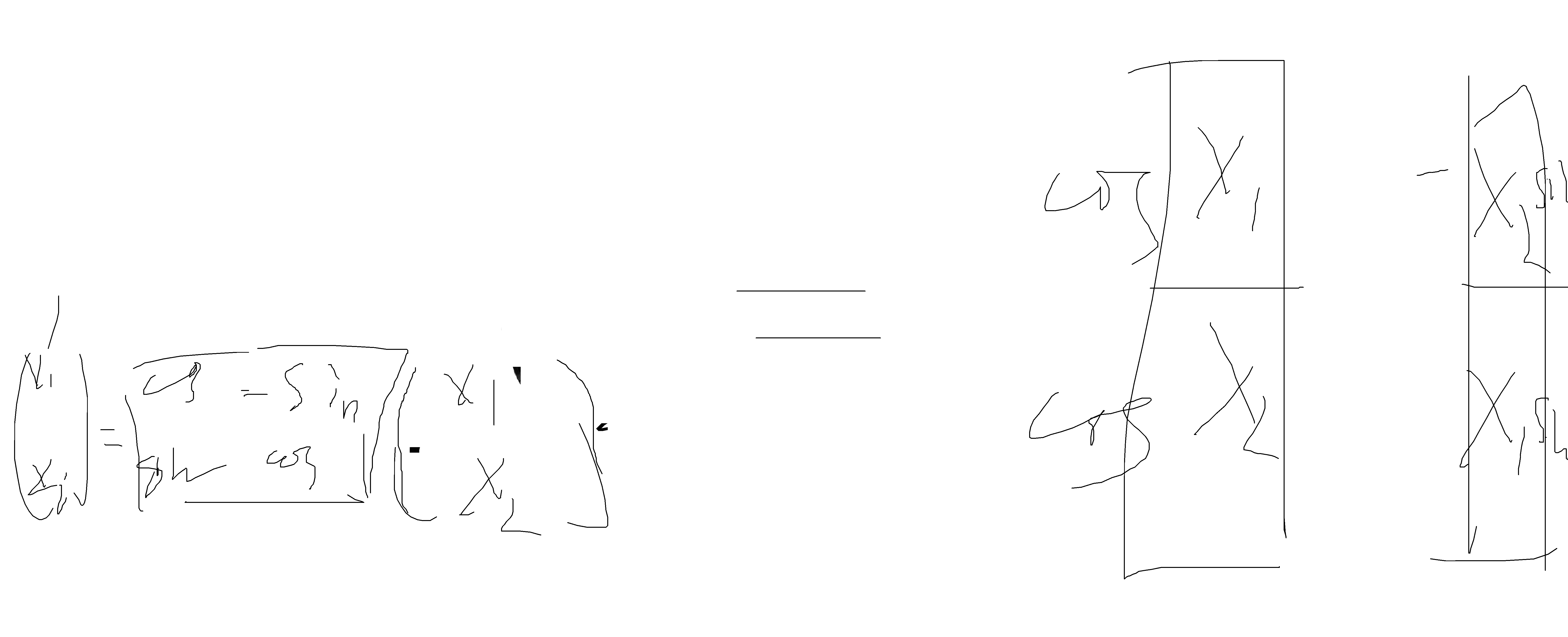关键代码的理解:
class LlamaRMSNorm(nn.Module):
def __init__(self, hidden_size, eps=1e-6):
"""
LlamaRMSNorm is equivalent to T5LayerNorm
"""
super().__init__()
self.weight = nn.Parameter(torch.ones(hidden_size)) # 是需要学习的参数
self.variance_epsilon = eps
def forward(self, hidden_states):
input_dtype = hidden_states.dtype
hidden_states = hidden_states.to(torch.float32)
variance = hidden_states.pow(2).mean(-1, keepdim=True)
hidden_states = hidden_states * torch.rsqrt(variance + self.variance_epsilon)
return self.weight * hidden_states.to(input_dtype) # 再变回原始分布, 所以这些norm算法,训练完之后的推理是不影响整体的,只是可以让训练bp传导时候加速模型收敛!所以非常实用.
def apply_rotary_pos_emb(q, k, cos, sin, position_ids, unsqueeze_dim=1):
"""Applies Rotary Position Embedding to the query and key tensors.
Args:
q (`torch.Tensor`): The query tensor.
k (`torch.Tensor`): The key tensor.
cos (`torch.Tensor`): The cosine part of the rotary embedding.
sin (`torch.Tensor`): The sine part of the rotary embedding.
position_ids (`torch.Tensor`):
The position indices of the tokens corresponding to the query and key tensors. For example, this can be
used to pass offsetted position ids when working with a KV-cache.
unsqueeze_dim (`int`, *optional*, defaults to 1):
The 'unsqueeze_dim' argument specifies the dimension along which to unsqueeze cos[position_ids] and
sin[position_ids] so that they can be properly broadcasted to the dimensions of q and k. For example, note
that cos[position_ids] and sin[position_ids] have the shape [batch_size, seq_len, head_dim]. Then, if q and
k have the shape [batch_size, heads, seq_len, head_dim], then setting unsqueeze_dim=1 makes
cos[position_ids] and sin[position_ids] broadcastable to the shapes of q and k. Similarly, if q and k have
the shape [batch_size, seq_len, heads, head_dim], then set unsqueeze_dim=2.
Returns:
`tuple(torch.Tensor)` comprising of the query and key tensors rotated using the Rotary Position Embedding.
"""
cos = cos[position_ids].unsqueeze(unsqueeze_dim)
sin = sin[position_ids].unsqueeze(unsqueeze_dim)
q_embed = (q * cos) + (rotate_half(q) * sin) # 最核心的代码: q: 30,128 rotate_half(q): 30, 128 #这个对比二维公式,非常显然,.
k_embed = (k * cos) + (rotate_half(k) * sin)
return q_embed, k_embed
二维公式.

到此源码解读完毕.